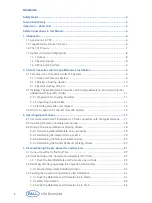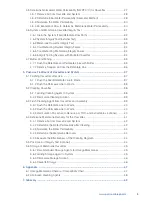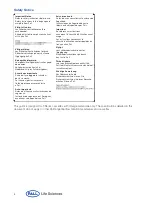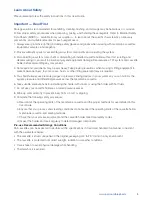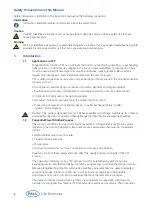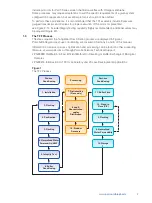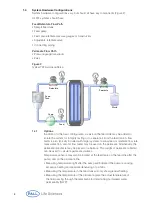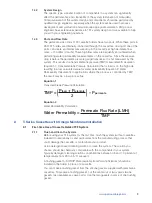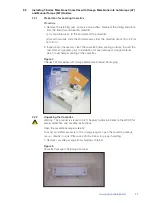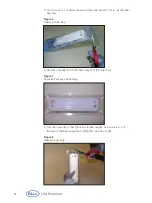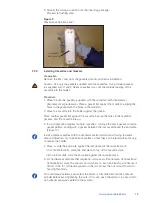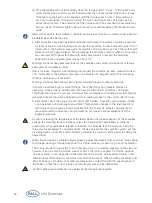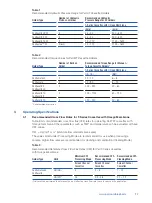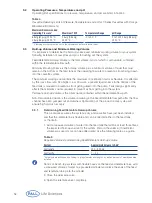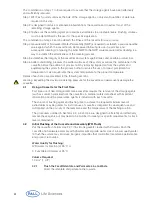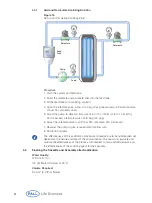
1.4.2
System Design
The specific type, size and location of components in a system can significantly
affect the performance and cleanability of the system (elimination of bioburden).
Critical evaluation of the system design and components should be performed by
qualified design engineers, especially when the system will be used in process
development and production and will require appropriate validation. Pall process
engineers have extensive experience in TFF system design and are available to help
you with your engineering questions.
1.4.3
Ports and Flow Rate
The permeate side of most TFF cassette holders have two ports. While these ports in
Pall TFF holders are internally connected through the cassettes, closing off one of the
ports can create an internal pressure drop in the cassette at high permeate flow
rates, > 100 LMH (L/m
2
/hr). These high flow rates are frequently encountered when
performing water permeability measurements on the cassettes. Since the pressure
drop is before the permeate pressure gauge/transducer, it is not measured by the
system. This results in a transmembrane pressure (TMP) measurement/calculation
(Equation 1: Transmembrane Pressure Calculation) that is in error on the high side
resulting in a low calculated value for water permeability (Equation 2: Water
Permeability Calculation). In applications where the process is controlled by TMP,
the result may be a low process flux.
Equation 1
Transmembrane Pressure Calculation
Equation 2
Water Permeability Calculation
2.
T-Series Cassettes with Omega Membrane Installation
2.1
First-time Use of Cassette Holder/TFF System
2.1.1
Flush and Clean the System
Before using your TFF system for the first time, flush the system (without cassettes
installed) to remove any oil and particulates from the manufacturing process that
could damage the cassette or contaminate your product.
Use a detergent-based cleaning solution to clean the system. The solution you
choose should be chemically compatible with the components in your system.
Typically, detergent cleaning solution concentrations between 0.5 and 1.0 percent at
temperatures from 25 to 45 °C are used.
A flushing gasket or SIP/CIP Plate (available from Pall Life Sciences) should be
installed in the holder in place of a cassette.
You can make a flushing gasket from the silicone gaskets supplied with membrane
cassettes. To prepare a flushing gasket, cut the center out of two spare silicone
gaskets (also available as spare parts). Use the two gaskets in place of one flushing
gasket.
TMP =
P
feed
+ P
retentate
2
– P
permeate
(
)
Water Permability =
Permeate Flux Rate (LMH)
TMP
9
www.pall.com/biopharm


